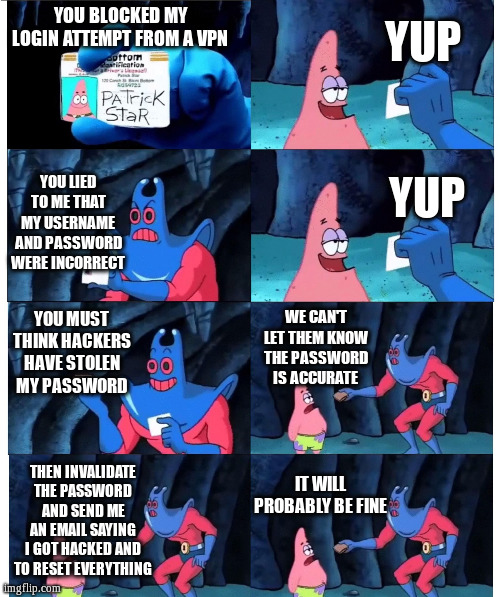

I want people to be able to report bugs without any trouble.
Thank you for being aware! I’ve experienced this on github.com. I’ve tried to submit issues several times to open source projects, complete with proposed code to solve a bug, but github shadowbans my account 6 hours after creating it (because I use a VPN? a third-party email provider? do not provide a phone number? who knows). I can see the issue and pull request when logged in, but they only see a 404 on their project page even if I give them a direct link. I ended up sending them a screenshot of the issue page just to convince them this was even possible. Sad to hear gitlab does it even worse now by making phone mandatory.




windy.com with a VPN in a private browser window. They can’t track you if they don’t know where you are!